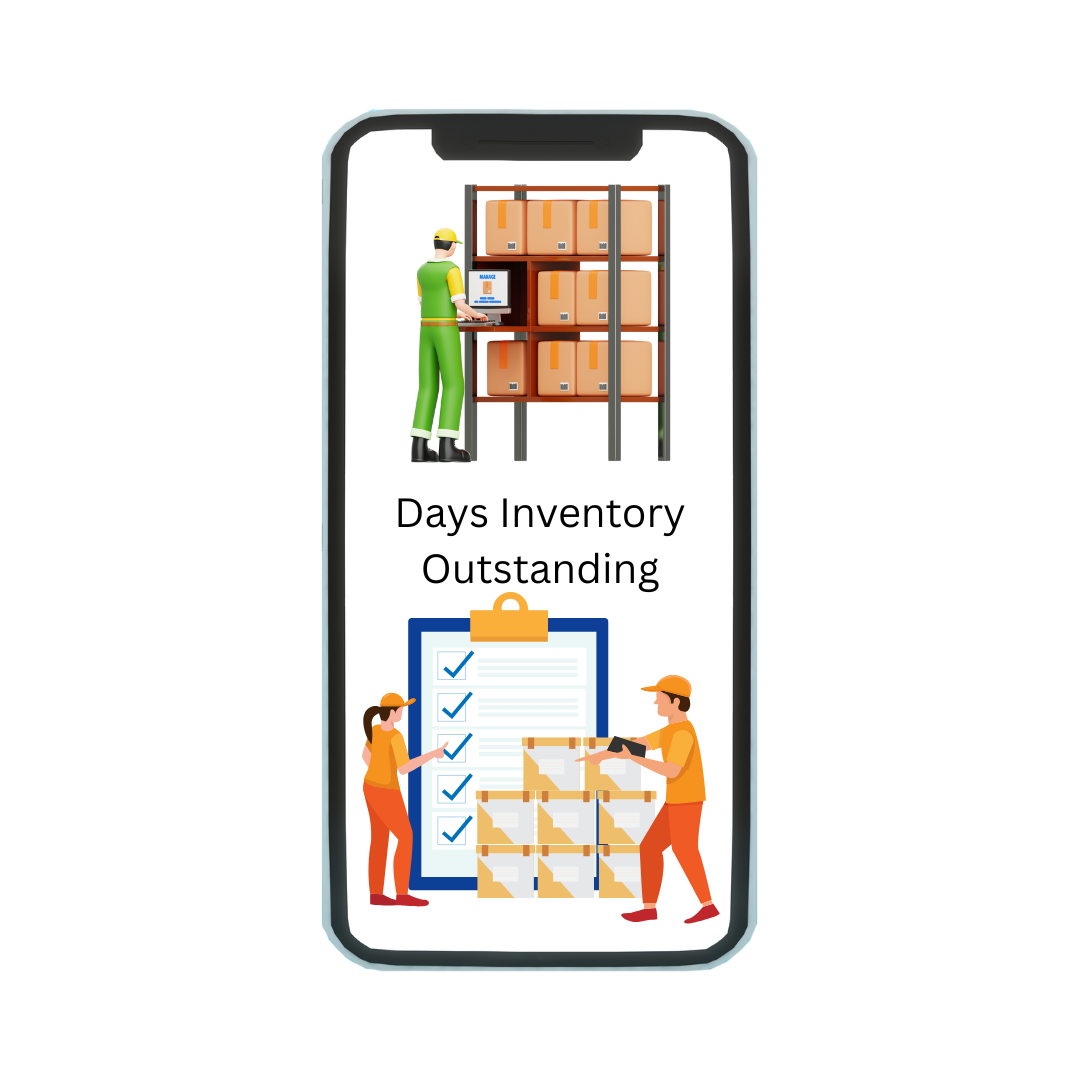Long-term debt refers to financial obligations or loans that a company or individual must repay over a period exceeding one year. This type of debt is a critical component of a company’s capital structure, providing essential funds for significant investments, such as purchasing new equipment, expanding operations, or funding research and development projects. Long-term debt is typically structured with fixed or variable interest rates and includes instruments like bonds, mortgages, and term loans. Unlike short-term debt, which is expected to be repaid within a year, long-term debt often comes with lower interest rates and longer repayment schedules, making it a more manageable option for financing large-scale initiatives. It can offer strategic advantages, such as maintaining operational flexibility and leveraging opportunities for growth, but also comes with risks, including the potential for increased financial burden if the company’s revenues fail to meet expectations. Properly managing long-term debt involves balancing the benefits of accessing capital with the responsibilities of ongoing interest payments and principal repayment.
What Is Long-Term Debt?
Long-term debt is a financial obligation that a company or individual takes on with the commitment to repay over a period longer than one year. It represents borrowed funds that are used for substantial investments or major expenses, such as expanding a business, acquiring new assets, or refinancing existing debt. Long-term debt typically comes in the form of bonds, mortgages, or term loans, and it often features fixed or adjustable interest rates. Unlike short-term debt, which must be settled within a year, long-term debt is structured with extended repayment schedules, which can range from several years to decades. This type of debt helps organizations access large amounts of capital without the immediate strain of repayment, allowing them to invest in growth opportunities while spreading the repayment burden over a longer period. However, long-term debt also carries risks, such as the obligation to make regular interest payments and the potential for increased financial strain if the borrower’s revenue projections fall short. Effective management of long-term debt involves assessing the cost of borrowing against the potential returns from investments and ensuring that the debt structure aligns with the overall financial strategy of the organization or individual.
Types Of Long-Term Debt
Long-term debt encompasses various financial instruments that companies or individuals use to secure substantial funding with repayment periods extending beyond one year. Here are some common types of long-term debt:
- Bonds
Bonds are debt securities issued by corporations, municipalities, or governments to raise capital. Investors purchase bonds, essentially lending money to the issuer in exchange for periodic interest payments (coupon payments) and the return of the principal amount at maturity. Bonds come in various forms, such as corporate bonds, municipal bonds, and government bonds, each with different risk levels, interest rates, and terms.
- Mortgages
Mortgages are long-term loans specifically used for purchasing real estate or property. They are secured by the property itself, meaning the lender has a legal claim to the property if the borrower defaults. Mortgages typically feature fixed or adjustable interest rates and extended repayment schedules, often ranging from 15 to 30 years.
- Term Loans
Term loans are conventional loans provided by banks or financial institutions with a fixed repayment schedule over a set term, usually between 1 and 10 years. These loans can be secured or unsecured, and they often come with fixed or variable interest rates. Term loans are commonly used for significant business investments or capital expenditures.
- Debentures
Debentures are a type of bond issued without collateral backing. Instead, they are based on the creditworthiness of the issuer. Debentures typically offer higher interest rates due to their higher risk compared to secured bonds. They are used by companies to raise capital for expansion or other long-term needs.
- Convertible Debt
Convertible debt is a hybrid financial instrument that combines features of both debt and equity. It starts as a loan but gives the lender the option to convert the debt into equity shares of the company at a later date, usually at a predefined conversion rate. This type of debt is often used by startups and growth companies seeking to attract investors.
- Lease Financing
Lease financing involves leasing assets, such as equipment or vehicles, rather than purchasing them outright. Long-term leases, or capital leases, transfer most of the risks and rewards of ownership to the lessee, with lease payments structured over several years. At the end of the lease term, the lessee often has the option to purchase the asset.
- Subordinated Debt
Subordinated debt, also known as junior debt, is a type of loan or bond that ranks below other debts in terms of claims on assets in the event of liquidation. Subordinated debt offers higher interest rates due to its higher risk but provides companies with additional funding options for growth or restructuring.
Characteristics Of Long-Term Debt
Long-term debt is a crucial component of a company’s or individual’s financial strategy, characterized by several key features that distinguish it from short-term financing options. Here are the main characteristics of long-term debt:
- Extended Repayment Period
Long-term debt involves repayment schedules that extend beyond one year, often ranging from several years to decades. This extended period allows borrowers to manage larger amounts of capital without facing immediate repayment pressures. Typical terms can vary from 5 to 30 years, depending on the type of debt and the agreement.
- Fixed or Variable Interest Rates
Long-term debt can come with either fixed or variable interest rates. Fixed rates remain constant over the life of the loan, providing predictable payment amounts. Variable rates fluctuate based on market conditions or a benchmark interest rate, which can lead to changes in payment amounts over time.
- Regular Interest Payments
Most long-term debt agreements require regular interest payments, which can be made monthly, quarterly, semi-annually, or annually. These payments are typically set at a predetermined interest rate and are a consistent part of the borrower’s financial obligations throughout the term of the debt.
- Principal Repayment
In addition to interest payments, long-term debt requires the repayment of the principal amount borrowed. This repayment occurs at the end of the loan term (in a lump sum) or through periodic installments of principal and interest over the life of the loan, depending on the terms of the debt agreement.
- Secured or Unsecured
Long-term debt can be secured or unsecured. Secured debt is backed by collateral, such as property or equipment, which the lender can claim if the borrower defaults. Unsecured debt, on the other hand, relies solely on the borrower’s creditworthiness and financial stability, often leading to higher interest rates due to increased risk.
- Legal and Contractual Obligations
Long-term debt agreements come with legal and contractual obligations. These can include covenants that impose certain conditions on the borrower, such as maintaining specific financial ratios or restrictions on additional borrowing. Failure to adhere to these covenants can lead to penalties or default.
Advantages Of Long-Term Debt
Long-term debt is a valuable financial tool for individuals and companies, offering several strategic benefits that can support growth and operational efficiency. Here are the main advantages of long-term debt, explained in detail:
- Access to Large Amounts of Capital
Long-term debt allows businesses and individuals to secure substantial amounts of capital for significant investments or projects. This capital can be used for various purposes, such as expanding operations, purchasing new equipment, or funding research and development. The ability to obtain large sums of money through long-term debt enables organizations to undertake major initiatives that might be out of reach with short-term financing options.
- Extended Repayment Period
One of the primary advantages of long-term debt is the extended repayment period, which typically spans several years to decades. This extended term allows borrowers to spread the repayment of the principal over a long duration, which can ease the financial burden and provide more manageable monthly or annual payments compared to short-term debt.
- Lower Interest Rates
Long-term debt often comes with lower interest rates compared to short-term loans. This is due to the extended repayment period and the typically lower risk for lenders. Lower interest rates reduce the overall cost of borrowing, making it more economical to finance long-term projects and investments.
- Predictable Payment Structure
Many long-term debt agreements feature fixed interest rates and regular payment schedules, which provide borrowers with predictable financial commitments. This predictability helps in budgeting and financial planning, as borrowers can anticipate the exact amounts they need to allocate for debt servicing each period.
- Leverage for Growth Opportunities
Long-term debt enables companies to leverage borrowed funds to invest in growth opportunities, such as acquiring new businesses, expanding into new markets, or developing innovative products. By using long-term debt to finance these opportunities, companies can potentially achieve higher returns on investment and drive future growth.
Long-Term Debt Management Strategies
Effectively managing long-term debt is essential for maintaining financial health and achieving strategic objectives. Here are detailed strategies for managing long-term debt:
- Develop a Comprehensive Debt Management Plan
A well-thought-out debt management plan is the foundation of effective long-term debt management. This plan should outline the debt’s purpose, repayment schedules, interest rates, and financial goals. It helps in setting clear objectives for debt repayment, monitoring progress, and making informed decisions about future financing needs.
- Create a Detailed Budget
Developing a detailed budget that includes debt service obligations is crucial for managing long-term debt. This budget should account for regular interest payments, principal repayments, and any associated costs. By incorporating these expenses into the overall financial plan, you can ensure that you have adequate cash flow to meet your debt commitments.
- Monitor Cash Flow Regularly
Regular monitoring of cash flow helps ensure that there is enough liquidity to meet debt obligations. Track incoming and outgoing cash flows to anticipate shortfalls and adjust spending or income strategies as needed. Accurate cash flow forecasting allows for timely adjustments to avoid missed payments or financial strain.
- Maintain an Optimal Debt-to-Equity Ratio
Managing the debt-to-equity ratio is vital for financial stability. This ratio measures the proportion of debt used compared to equity financing. Aim for a balanced ratio that reflects a healthy mix of debt and equity, avoiding excessive debt that could lead to financial difficulties while leveraging debt for growth opportunities.
- Refinance When Appropriate
Refinancing long-term debt can be a strategic move to improve financial conditions. Consider refinancing options to secure better interest rates, extend repayment periods, or consolidate multiple debts. Evaluate the costs and benefits of refinancing to ensure it aligns with your long-term financial goals.
Factors Affecting Long-Term Debt Financing Decisions
When deciding on long-term debt financing, companies and individuals must consider a range of factors that influence the effectiveness and feasibility of their borrowing strategies. Here are detailed pointers on the key factors that affect long-term debt financing decisions:
- Interest Rates
Interest rates play a crucial role in long-term debt financing decisions. Lower interest rates reduce the cost of borrowing, making long-term debt more attractive. Conversely, higher rates increase the cost of debt and can affect the affordability of loan repayments. Borrowers must evaluate current interest rates and future rate trends to determine the most cost-effective financing option.
- Creditworthiness
Creditworthiness reflects a borrower’s ability to repay debt and impacts the terms of long-term debt agreements. A strong credit rating can secure better terms, such as lower interest rates and favorable covenants, while a weak credit rating may lead to higher costs and stricter conditions. Lenders assess creditworthiness based on credit scores, financial history, and overall financial health.
- Repayment Capacity
Repayment capacity refers to the borrower’s ability to meet debt obligations. This includes evaluating cash flow, revenue projections, and existing financial commitments. A thorough assessment of repayment capacity ensures that the borrower can handle regular interest payments and principal repayments without jeopardizing financial stability.
- Debt-to-Equity Ratio
The debt-to-equity ratio measures the proportion of debt relative to equity in a company’s capital structure. A balanced ratio reflects healthy financial leverage, while a high ratio indicates excessive debt and increased risk. Companies must assess their current debt-to-equity ratio and determine how additional long-term debt will impact this balance.
- Cost of Debt
The cost of debt encompasses all expenses related to borrowing, including interest payments, fees, and other costs. Evaluating the cost of debt helps determine whether the benefits of borrowing outweigh the associated expenses. A lower cost of debt makes financing more attractive, while a higher cost could lead to financial strain.
- Purpose of the Loan
The purpose of the loan influences long-term debt decisions. Long-term debt is often used for major investments, such as capital expenditures or acquisitions. Clearly defining the purpose helps ensure that the debt aligns with strategic goals and that the investment will generate sufficient returns to justify the borrowing.
Conclusion
Long-term debt is a powerful financial tool with the potential to drive significant growth, support major investments, and achieve strategic objectives for both individuals and businesses. However, its effective use requires careful consideration of a range of factors that influence borrowing decisions and debt management. Understanding the various types of long-term debt, from bonds and mortgages to convertible debt and lease financing, helps borrowers select the most suitable instrument for their needs. Key characteristics such as extended repayment periods, interest rates, and the impact on financial ratios must be weighed against the benefits of improved cash flow and financial stability. Successful management of long-term debt involves strategies such as developing a comprehensive debt management plan, monitoring cash flow, negotiating favorable terms, and maintaining compliance with covenants. Factors such as interest rates, creditworthiness, and economic conditions play crucial roles in shaping financing decisions and determining the feasibility of long-term debt. By leveraging these insights and strategies, borrowers can make informed choices that align with their financial goals and long-term objectives. Ultimately, a well-thought-out approach to long-term debt not only facilitates immediate financial needs but also supports sustainable growth and long-term success. Balancing the advantages of debt financing with careful planning and strategic decision-making ensures that long-term debt serves as a catalyst for progress rather than a source of financial strain.







